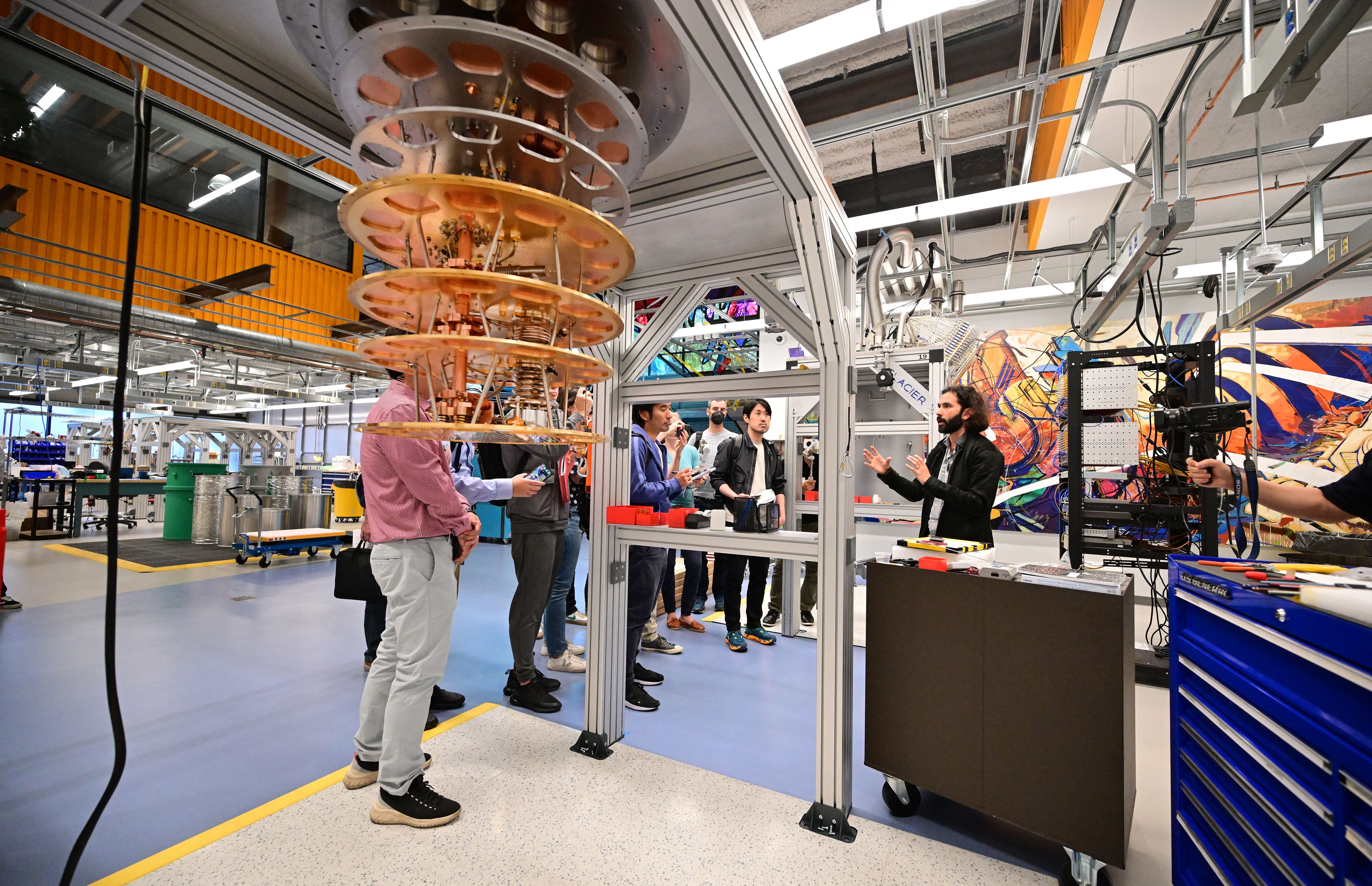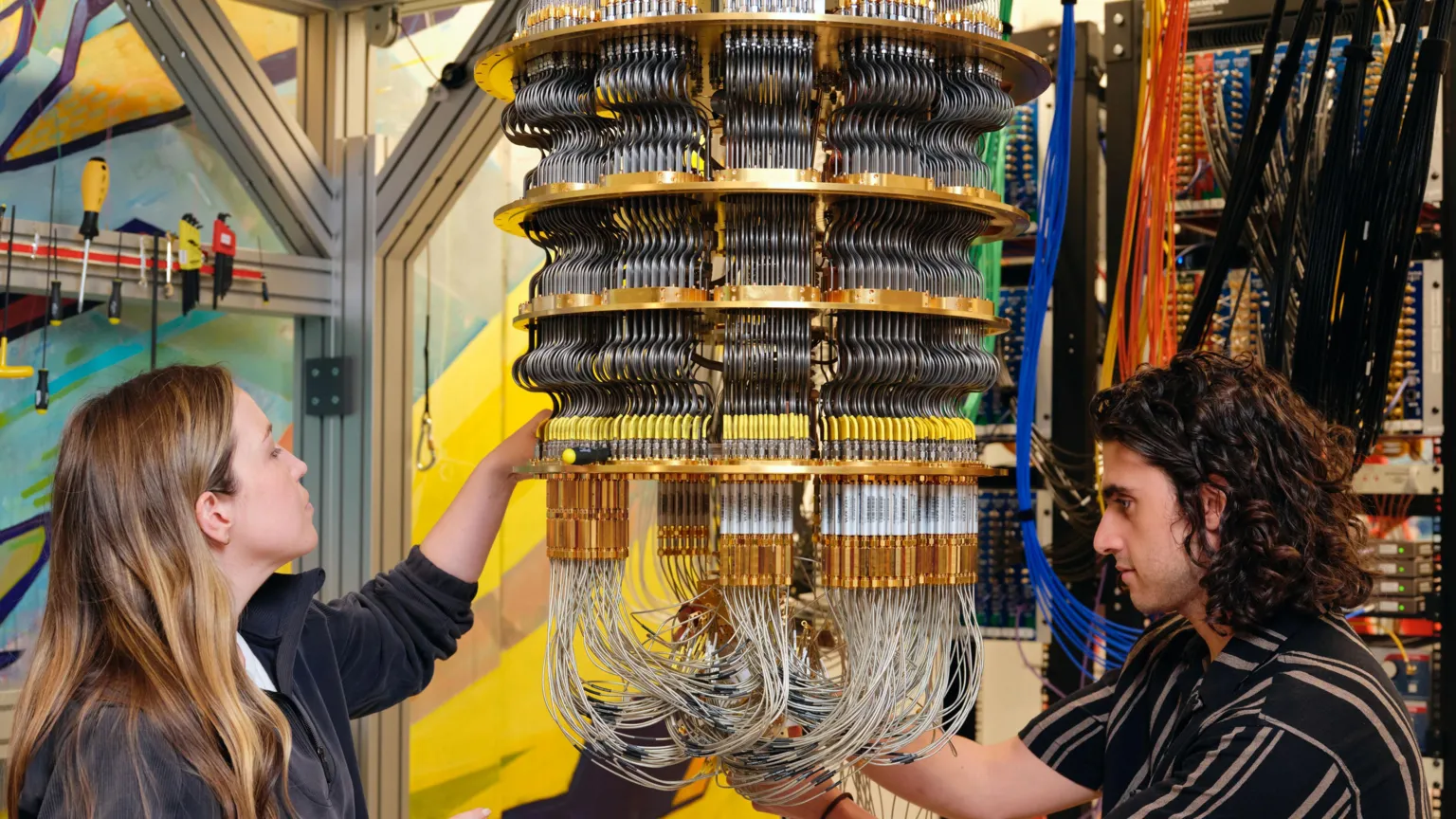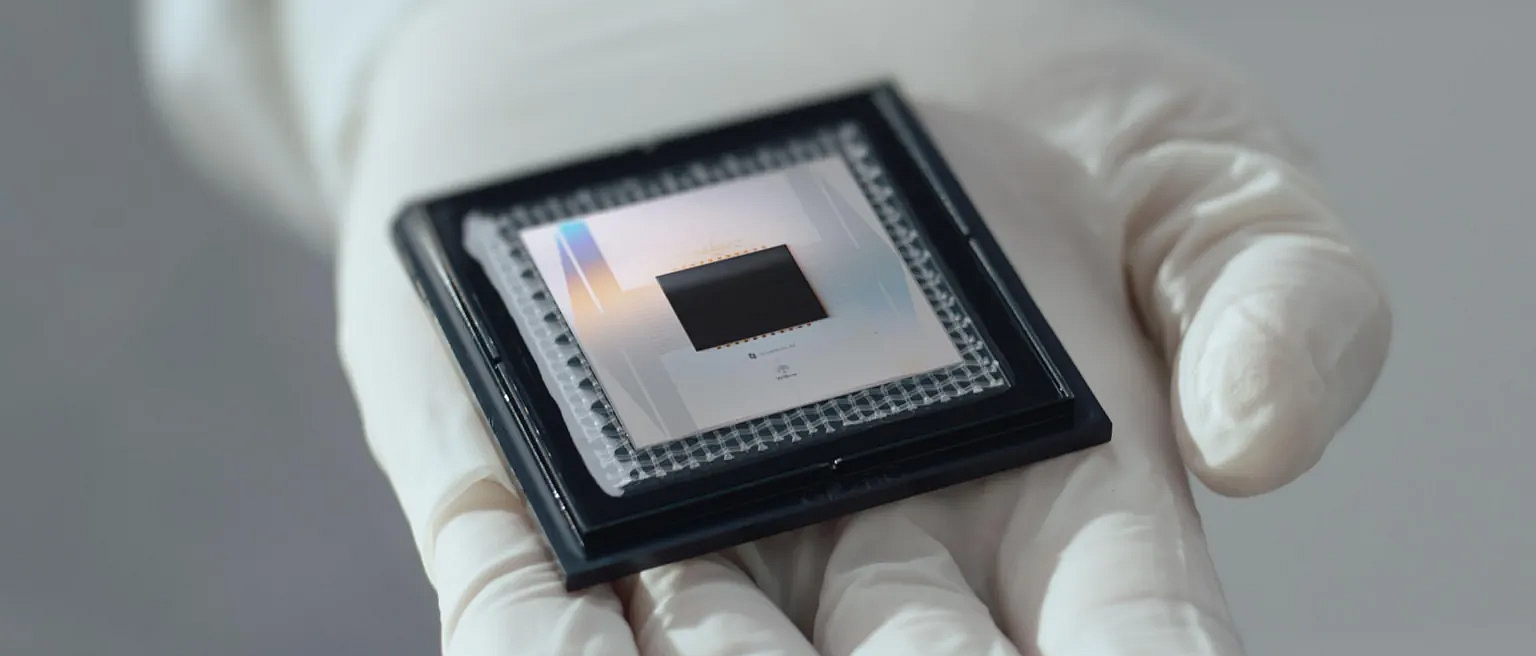Quantum computing has the power to unlock a range of real-world solutions from nuclear fusion to cellular-level pharmaceuticals, but there are dangers, too.
The raw speed and power is mind-boggling: Google has introduced a new quantum computing chip it claims can solve problems in just five minutes that would take the world’s fastest supercomputers a staggering 10 septillion years – that’s 10,000,000,000,000,000,000,000,000 years – far, far beyond the age of the known universe.
This chip, named “Willow,” is the latest advancement in quantum computing, a cutting-edge field that leverages particle physics to build extraordinarily powerful computers. Google says the chip represents key breakthroughs and is a step toward creating a functional, large-scale quantum computer.
However, experts caution that Willow remains largely experimental. A truly practical quantum computer capable of addressing a wide range of real-world problems is still at least several years – and billions of dollars – away.

UNDERSTANDING QUANTUM COMPUTING
The world is at the threshold of entering the quantum computing era, a leap that has the potential to change the world. But what is it, exactly? Quantum computers operate on principles that are fundamentally different from those of traditional computers, like the one in your phone or laptop. They harness the peculiarities of quantum mechanics – the bizarre behaviour of particles at extremely small scales which can exist in multiple states simultaneously – to perform computations far faster than classical systems.
Researchers hope this technology could one day revolutionize areas like drug development or energy storage by speeding up super-complex processes. However, there are concerns about its potential misuse, such as cracking encryption algorithms used to safeguard sensitive data.
In February, Apple revealed it was strengthening iMessage encryption to make it “quantum proof,” preparing for the eventual capabilities of future quantum computers.
Hartmut Neven, head of Google’s Quantum AI lab and a self-described “chief optimist,” told the BBC that Willow could soon be applied to some real-world tasks, though he refrained from providing specifics. Neven projected that quantum processors capable of significant commercial use might not emerge until the end of the decade.
He pointed out that early applications would likely focus on systems where quantum effects are critical, such as designing nuclear fusion reactors, improving pharmaceuticals, or developing advanced batteries. “There’s a long list of such tasks,” Neven remarked.

IT’S THE ‘BEST QUANTUM PROCESSOR BUILT TO DATE’
Willow’s performance has been touted as the best in quantum computing so far. However, Surrey University professor and computing expert Alan Woodward tempered the enthusiasm. He stressed that while quantum computers are promising for specific tasks, they won’t outright replace classical computers.
“It’s important to avoid comparing apples and oranges,” Woodward noted, explaining that the benchmark Google used was uniquely suited to quantum computers and didn’t demonstrate a universal speed-up compared to classical systems.
Nevertheless, he acknowledged Willow’s significant progress, particularly in the realm of error correction – a longstanding challenge in quantum computing.
Error correction is crucial to making quantum computers functional on a larger scale. Quantum computers rely on qubits, which can hold vast amounts of information but are notoriously error-prone. In the past, adding more qubits only worsened the problem. However, Google claims Willow is different.
The team has engineered the chip so that the error rate decreases as the number of qubits increases. Neven likened the advance to improving an aeroplane’s safety by adding multiple engines. He described the achievement as “a breakthrough that the field has pursued for almost 30 years.”
Woodward echoed this sentiment, calling the development encouraging for the broader quantum computing community. Still, Google acknowledges that error rates must decrease even further before quantum computers become practical.
POTENTIAL DANGERS
Quantum computing offers a real chance to benefit humanity, but it’s not without risks and, potentially, some very real dangers, particularly when taken in tandem with artificial intelligence. Despite current AI systems being far from human-like intelligence, their widespread adoption has already introduced significant dangers.
Today’s AI, often just brute-force tools that process vast data sets, is already being deployed for mass surveillance, social media monitoring, creating deepfakes, and even operating autonomous lethal weapons. Compounding this problem is the absence of meaningful regulation, allowing tech giants like Google and Meta to unilaterally shape the future of AI while silencing dissent. Although AI’s lack of human intuition limits its capabilities, its misuse poses serious risks to privacy, democracy, and security.
Quantum computing, however, presents an even more profound danger, particularly when paired with AI. While still in its infancy, quantum computing promises immense processing power, capable of solving problems that would take traditional systems millions of years. This revolutionary potential could lead to transformative advancements in fields like weather prediction, drug development, and logistics. Yet, it also threatens to render modern encryption obsolete, exposing sensitive data to exploitation. Governments and corporations around the world are racing to develop quantum technologies, some in secretive defence research. Without proactive regulation, the combination of quantum computing’s power and AI’s scalability could unleash unprecedented threats, from data breaches to advanced autonomous weaponry.
A WORLDWIDE TECH RACE
Willow was produced at Google’s state-of-the-art facility in California, but quantum computing is a global endeavour. The UK recently opened the National Quantum Computing Centre (NQCC), whose director, Michael Cuthbert, described Willow as a significant milestone rather than a unique breakthrough. Still, he praised it as “highly impressive.”
Quantum technology could eventually streamline logistics, improve telecommunications, and enhance energy grid efficiency, among other applications. Currently, the UK hosts 50 quantum-related businesses, which have attracted £800 million in funding and employ 1,300 people.

Notably, researchers from Oxford University and Japan’s Osaka University recently published a study on a trapped-ion qubit with a remarkably low error rate. Their approach differs from Google’s by operating at room temperature, while Willow requires ultra-low temperatures.
The research behind Willow has been published in the journal Nature, underscoring its significance within the scientific community.
"ExpatGo welcomes and encourages comments, input, and divergent opinions. However, we kindly request that you use suitable language in your comments, and refrain from any sort of personal attack, hate speech, or disparaging rhetoric. Comments not in line with this are subject to removal from the site. "



















